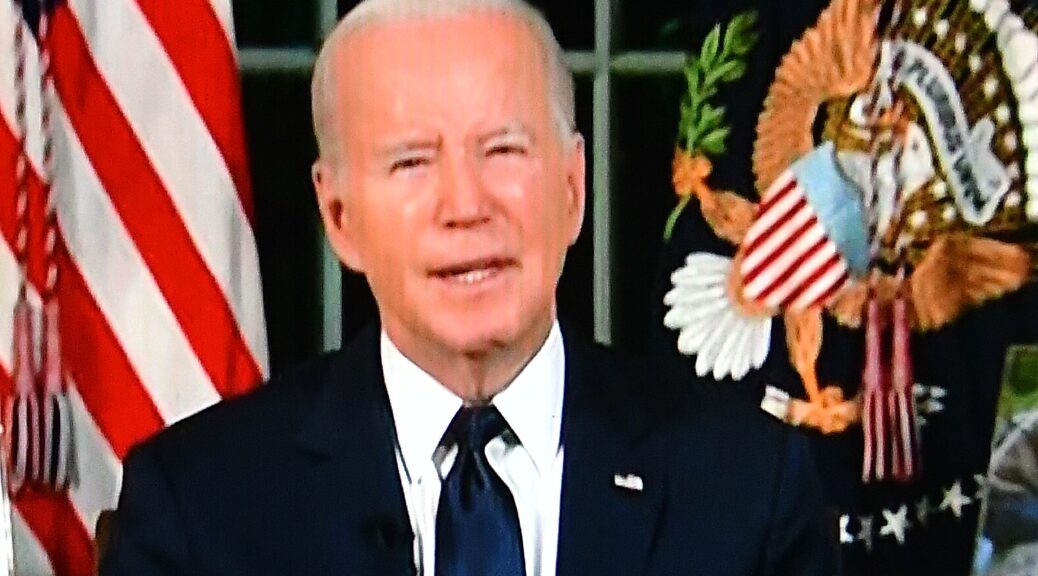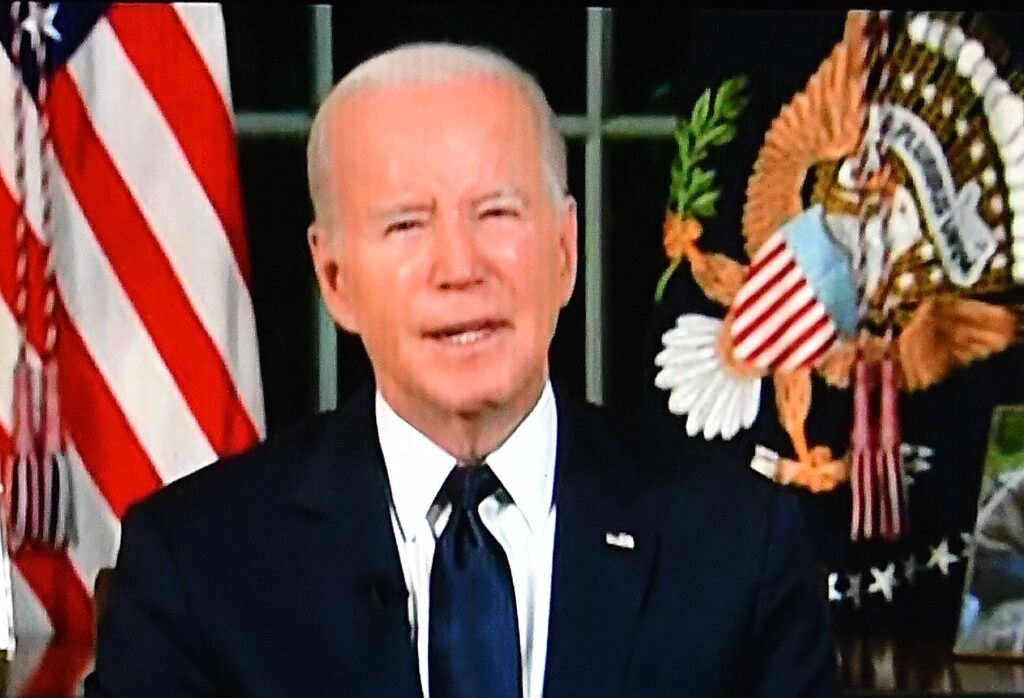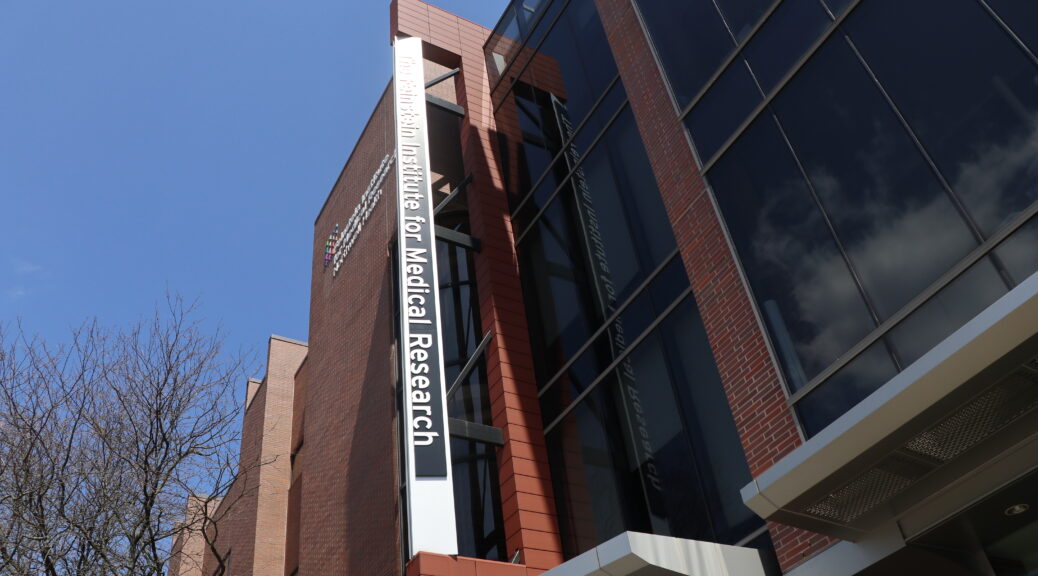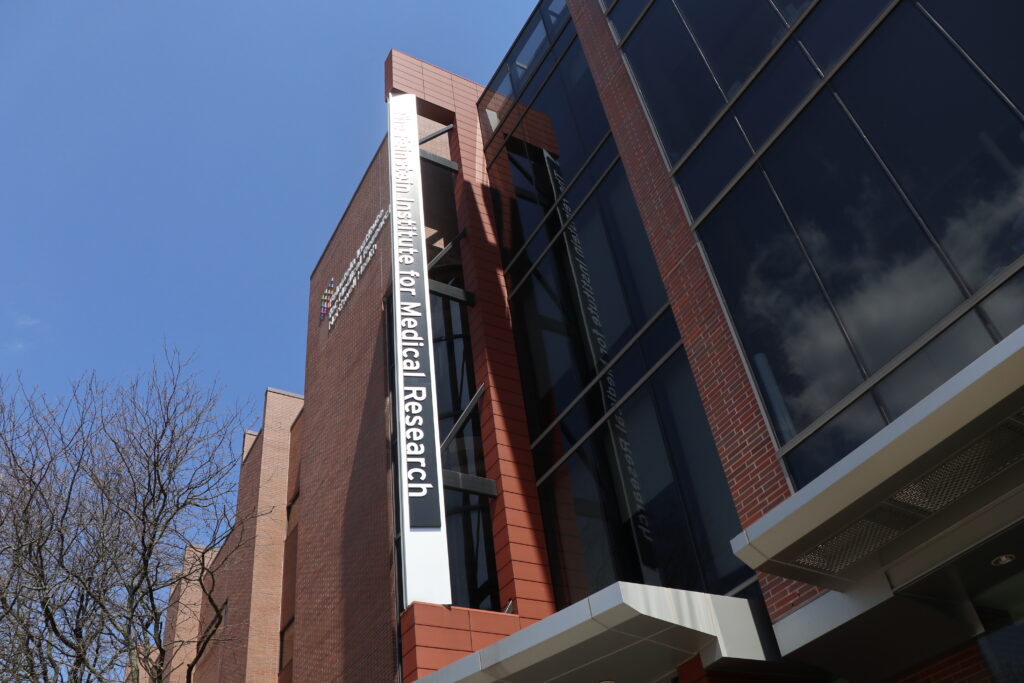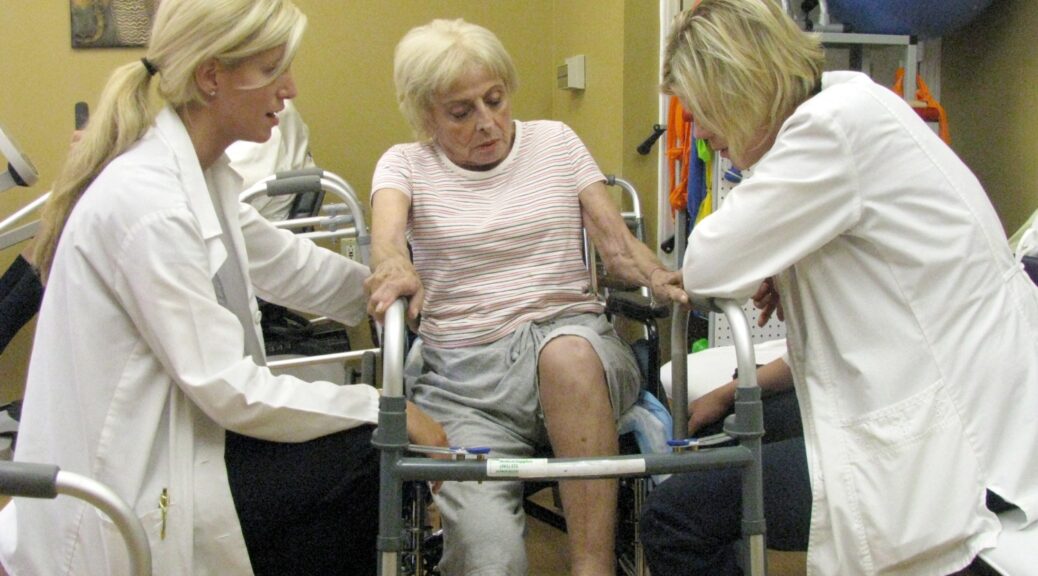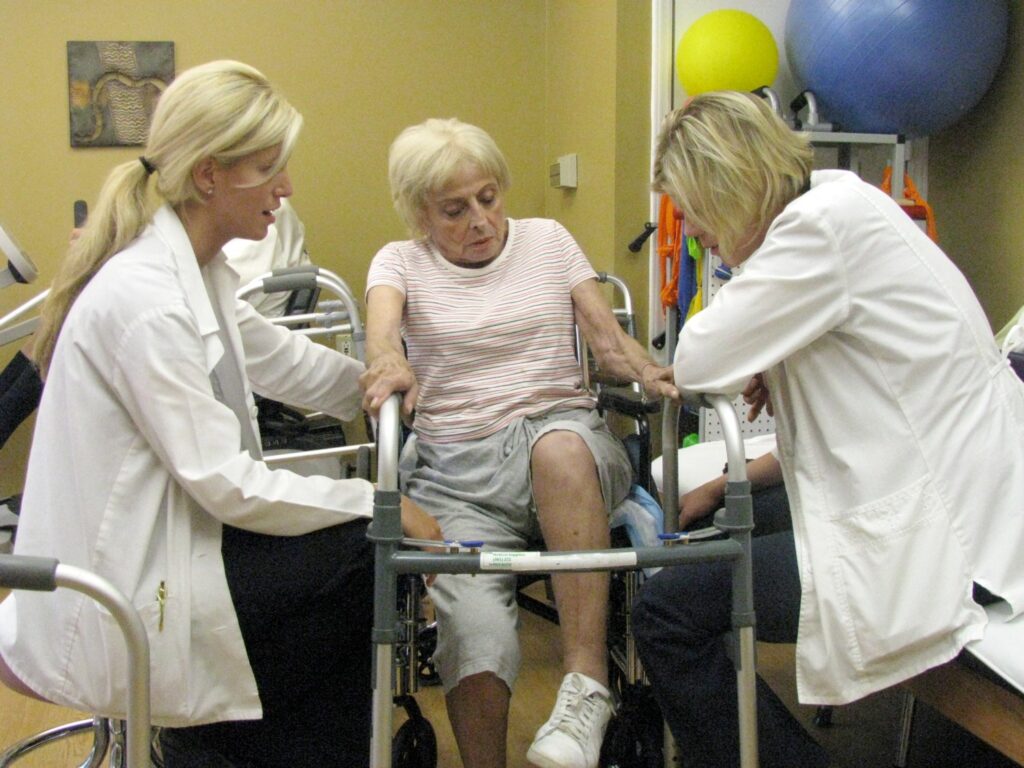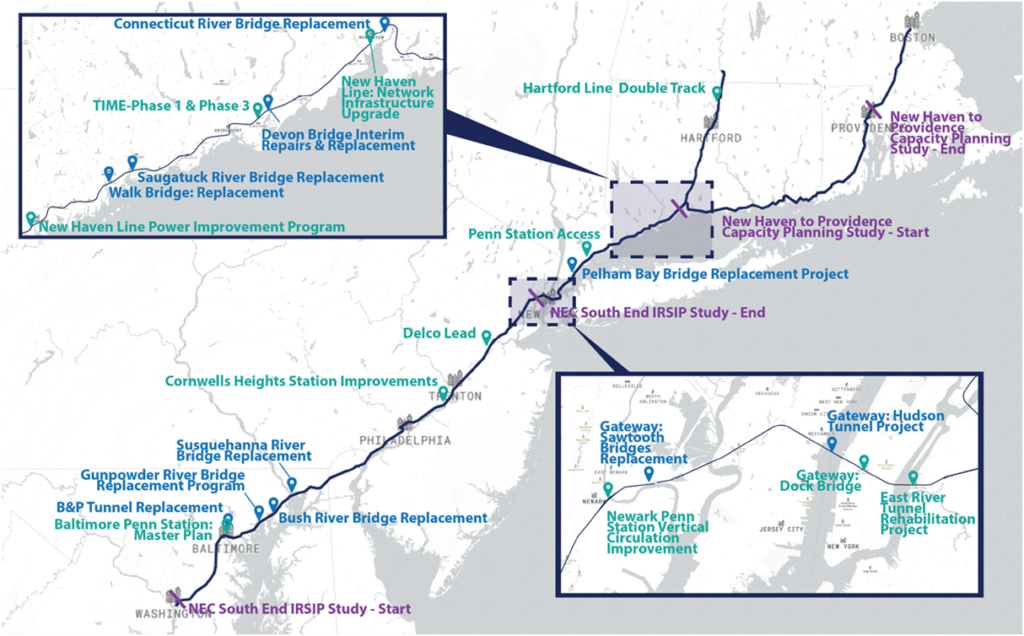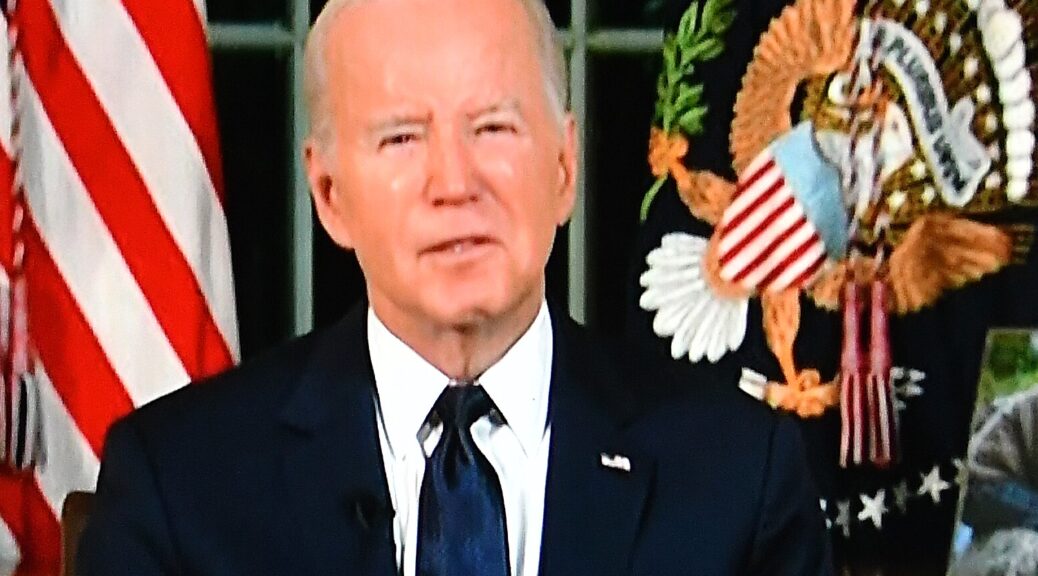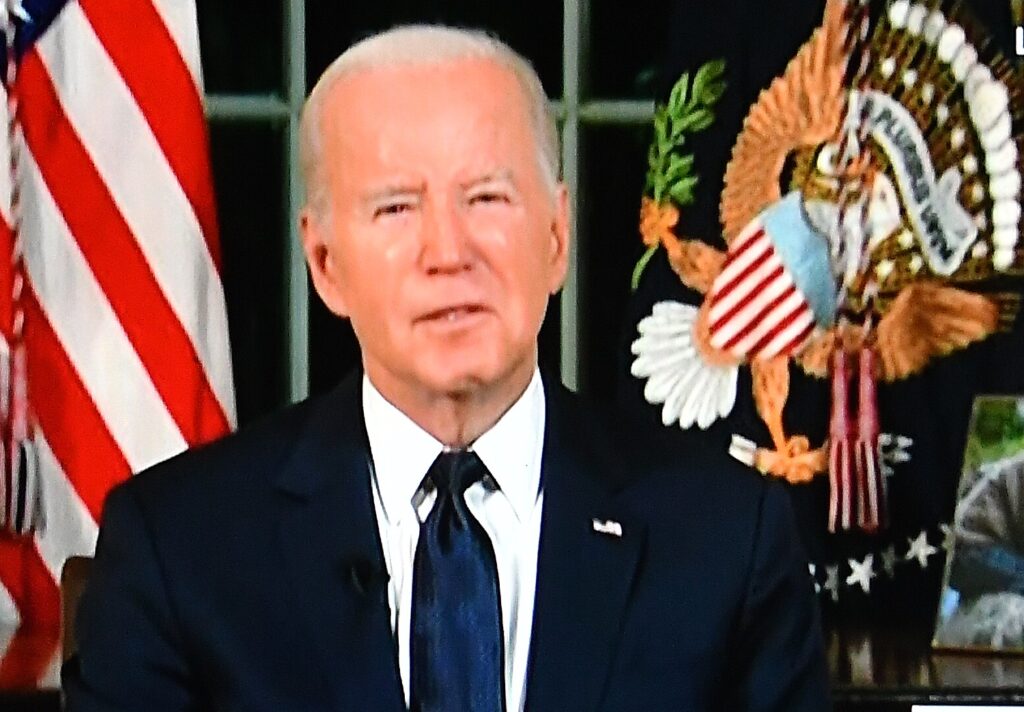The 2023 White House Holiday Display is designed to capture the pure, unfiltered delight and imagination of childhood, to encourage visitors to reflect on this time of year with hearts open to the magic, wonder, and joy of the season.
Some 100,000 visitors are expected to at the White House for the holiday season, themed “The Magic, Wonder, and Joy of the Holidays,” First Lady Jill Biden announced. “The 2023 White House holiday theme is inspired by how children experience this festive season: completely present in the beauty and bounty around them, their senses alight, with hearts open to the magic, wonder, and joy of the holidays,” the President and First Lady wrote in a welcome letter at the beginning of the commemorative 2023 White House Holiday Guide.
“In this season of reflection and goodwill, we hope you will embrace your inner child and delight in simply being present with those you love. It is a time for our senses to awaken—for each of us to smell the aroma of favorite family recipes, to hear the warmth of a dear friend’s voice, to see the glow of lights and decorations, to taste the sweetness of candies and treats, and to feel the quiet stillness and strength of faith,” the First Lady and President continued. “We hope you enjoy the holidays at the White House —’The People’s House,’ your house. May the memories made here remind us all of the blessing that is our Nation.”
During an event at the White House later today, the First Lady will officially unveil the holiday and seasonal decor, offer her holiday message to the Nation, and thank the volunteers from across the country who helped decorate the White House for the season. As part of her Joining Forces initiative to support military families, the First Lady invited National Guard families to be the first members of the public to experience the White House holiday decor. As a fellow National Guard mother, Dr. Biden wanted to show appreciation for, and honor, the special role the National Guard plays in serving our country. The National Guard is a unique element of the U.S. military that serves both community and country, in domestic and foreign missions.
After delivering her holiday message, the children of National Guard families, as well as local military families, will be treated to a special performance by the cast of the North American tour of Disney’s stage musical, Frozen.
The White House expects to welcome approximately 100,000 visitors during the holiday season. Videos, photos, and information about the decor will be available on WhiteHouse.gov/Holidays. Additionally, over the course of the holidays, a variety of interactive viewing experiences will launch on digital platforms, allowing individuals to engage with the White House during the holidays from home.
2023 White House Holidays by the numbers:
- Approximately 14,975 feet of ribbon, over 350 candles, over 33,892 ornaments, and over 22,100 bells were used this year to decorate the White House.
- There are 98 Christmas trees throughout the White House complex.
- The Gingerbread White House creation includes 40 sheets of sugar cookie dough, 40 sheets of gingerbread dough, 90 pounds of pastillage, 30 pounds of chocolate, and 50 pounds of royal icing.
- Over 142,425 holiday lights decorate the trees, garlands, wreaths, and displays in the White House.
- Seventy-two classic wreaths adorn the north and south facades of the White House.
- It takes over 300 dedicated volunteers from across the country working a full week to decorate the inside and outside of the White House.
“Magic, Wonder, and Joy,” the 2023 Holidays Theme:
Each room and design element throughout the White House holiday display encourages visitors to embrace their inner child, indulge their senses, and delight in the “Magic, Wonder, and Joy” of the holidays.
Guests enter the East Wing of the White House under the festive branches of an enchanting and magical Christmas tree. The entrance decor invites visitors to summon joyful memories of childhood at the holidays: lying under the Christmas tree and gazing up with wonder, marveling at the twinkling lights, and feeling the soft pine needles above. Holiday candy and sweet treats of the season float overhead in both the East Wing Lobby and East Colonnade, reminding children and families of the delicious flavors of the holidays.
The Gold Star Tree
The first Christmas tree featured inside the White House is adorned with wooden Gold Star ornaments that are engraved with the names of fallen service members. The Gold Star tree honors the heroic men and women of our Nation’s military who have laid down their lives for our country and the families who carry on their legacies. May God bless our troops and their families.
The Ground Floor Corridor
The marble arches of the Ground Floor Corridor are sprinkled with holiday messages sent from Americans across the country to the President and First Lady. Letters to Santa Claus are magically flying in and out of vintage mail boxes, ready to be sent to the North Pole with a stamp and a wish. Also on the Ground Floor Corridor is the first nod to the 200th Anniversary of the publication of ‘Twas the Night Before Christmas, a poem and book deeply etched into so many childhood memories. The Library of Congress provided a sampling of editions from the last 200 years to the White House, displayed in cases for visitors to remember and enjoy.
The Library
The Library honors the tradition and magic of bedtime stories during the holiday season. Golden moons and shimmering stars are suspended above, with treasured holiday storybooks throughout the peaceful scene. Santa and his sleigh are seen through the window, flying past a full moon on his way to the White House.
The Vermeil Room
The decor of the Vermeil Room (French for gilded silver) represents the joy of music and performance during the holidays. At the center of the room is a mechanical theater creation, with rotating United States Marine Band figures entertaining guests with herald trumpets. Flanking the stage are Christmas trees draped with whimsical handcrafted instruments and snare drums, inviting guests to sing their favorite holiday tune. The mantel is graced with sculpted ballerinas, spinning out of music boxes.
The China Room
Favorite flavors and scents of the season are featured in the China Room. A White House sweet shop sets the scene in this room, with holiday cakes, cookies, and gingerbread enhancing the space. Piles of cooking supplies and baking ingredients remind guests of familiar recipes that bring generations of families together year after year during the holidays.
The East Room
The joyful anticipation of the holidays is front and center in the East Room, with Advent calendars counting down the days to Christmas. Behind each number is a special surprise for children of all ages to enjoy.
As the largest room in the White House, the East Room has hosted public receptions, ceremonies, bill signings, and other memorable occasions. It also includes Gilbert Stuart’s portrait of George Washington, which First Lady Dolley Madison helped save in 1814 when the White House was about to be set aflame during the War of 1812.
The East Room features a Neapolitan crèche, or Nativity scene, with over 40 figurines, most dating back to the eighteenth century. The crèche has been displayed during every White House holiday season since 1967.
The Green Room
Glowing candles and stained glass symbolize the peace, strength, and joy we find in faith. It is often in quiet, candlelit rooms when we can see most clearly, center ourselves in faith, and embrace the wonder of our world around us.
Arranged in the windows are colorful sprays of crystal and prisms, mixed with shimmering fabric and embroidered starbursts to reflect light. Colorful orchids, a favorite of First Lady Jill Biden, and holiday florals are incorporated throughout the room.
The Blue Room
The Blue Room showcases the official White House Christmas Tree. This year’s tree is an 18½ foot Fraser Fir from Fleetwood, North Carolina and stands floor to ceiling, filling the oval room. Every year, the Blue Room’s chandelier is removed to accommodate the Christmas tree’s full height.
The stunning tree celebrates cheerful scenes, landscapes, and neighborhoods from all across the country, with names of every state, territory, and the District of Columbia, showcased throughout the decor. With bright colors and three-dimensional elements, guests will gaze in wonder as they are taken on a delightful adventure around the tree. A replica of a vintage passenger train, on loan from the Train Collectors Association, magically weaves through the tree’s base.
This year’s official White House Christmas Tree was presented to the First Lady by siblings Amber Scott and Alex Church of Cline Church Nursery, the 2023 Grand Champion Grower in the National Christmas Tree Association’s annual contest.
Red Room
The decor of the Red Room represents the joy of making holiday crafts together. Whether sewing a costume for the Christmas pageant, stringing popcorn for the tree, or fashioning homemade ornaments, the holidays are a time for creativity and imagination. As part of the First Lady’s Joining Forces initiative to support military and veteran families, caregivers, and survivors, the ornaments in this room were created out of the handprints and painted family portraits of military-connected children, ensuring that military and veteran families can see themselves and their talents reflected in this year’s holiday display.
A Red Room tradition since 1975, fresh cranberries are integrated into the decor as topiary forms. Marking a new twist to the time-honored tradition are cranberry red beads incorporated into the room’s handmade popcorn garland.
State Dining Room
Embodying the “Magic, Wonder, and Joy” of the holidays is Santa’s Workshop in the State Dining Room. Elves’ workbenches, stools, and ladders circle the Christmas trees, with tools and gifts-in-progress filling out the decor. Life-sized nutcrackers and dancing ballerinas flank the Christmas trees and reside within the window wells, with festive ribbons and gift tags lining the fireplace.
An engraving on the mantel reads, “I Pray Heaven To Bestow The Best of Blessings On This House…” The words were taken from a letter written by President John Adams to his wife, Abigail, dated November 2, 1800. These words are now known as the White House blessing.
2023 Gingerbread White House
A favorite for all during the holidays is the annual Gingerbread White House. Inspired by the 200th anniversary of the publication of ’Twas the Night Before Christmas, this year’s Gingerbread White House features a recreation of this storied tale. The display includes a sugar cookie replica of the famous book, as well as Santa’s sleigh flying above the White House grounds. This magical poem has delighted children for 200 years, with families across the world gathering together for generations to recite the lyrical lines by memory.
The Cross Hall
The Cross Hall unites the State Rooms of the White House, with the East Room and State Dining Room at the opposite ends, and the Green, Blue, and Red Rooms opening from the south side. The slightly arched ceiling springs from the cast plaster molding designed during the Theodore Roosevelt renovation of 1902.
During the holidays, the Cross Hall features the official White House Menorah, created in 2021 by the White House Executive Residence Carpentry Shop. The menorah was constructed using wood that was removed more than seventy years ago during the Truman-era renovation of the White House.
The Grand Foyer
Closing out the 2023 White House holiday display is an incredible, eye-catching recreation of ’Twas the Night Before Christmas in the Grand Foyer. With Santa’s enchanting sleigh and reindeer suspended in the air, and the Cross Hall’s architectural niches featuring elements of the famous story, guests will leave their White House holiday experience with hearts full of “Magic, Wonder, and Joy.”
2023 White House Holiday Guide Illustrator
Children’s book illustrator Raúl Colón created the inspired artwork throughout the 2023 White House Holiday Guide, bringing the First Lady’s holiday theme to life on the page.
2023 White House Holiday Recognitions and Support
The President and Dr. Biden thanked the Executive Residence staff and the team of over 300 volunteers from across the country who dedicated their time, energy, and talents to transform the White House for the holiday season.
The President and Dr. Biden, and the entire White House team, expressed their gratitude for the talents and support from:
- The National Confectioners Association;
- The Train Collectors Association;
- The Library of Congress; and
The creative design teams of Burke & Pryde, DesignMa, Dodge-Chrome, Inc., Emily Barton Design, Glitterville Studios, Mark Gagnon, Rafanelli Events, and Silver Lining Design Group.
For more holiday visit information, see:




